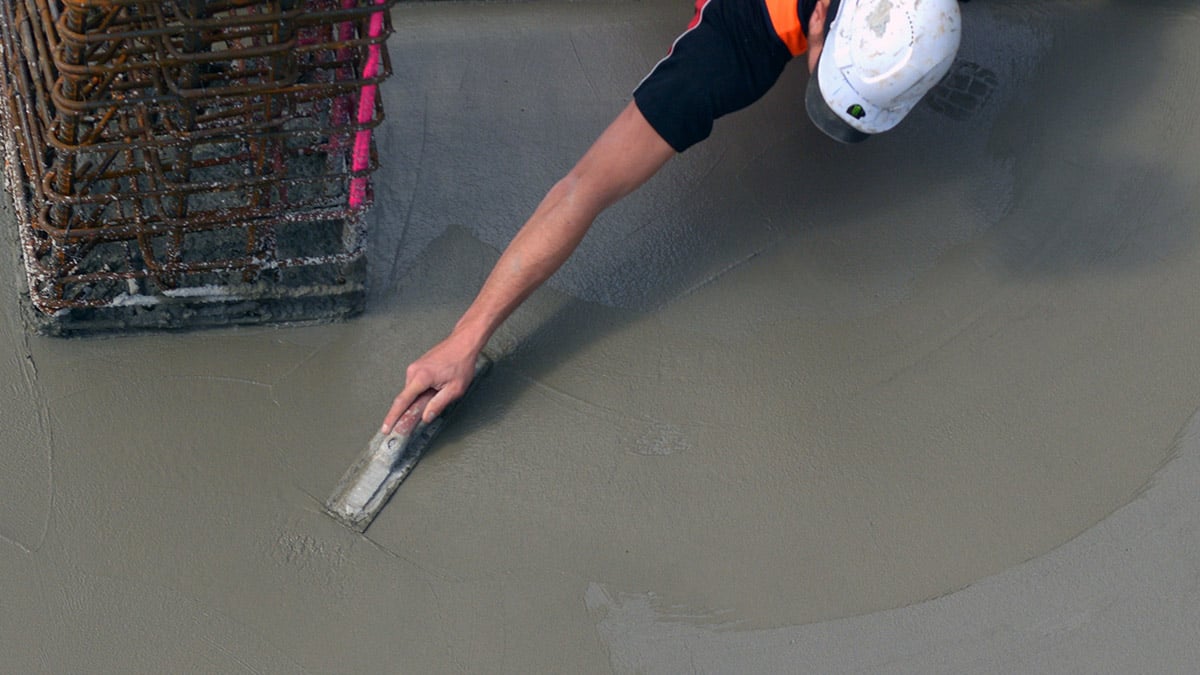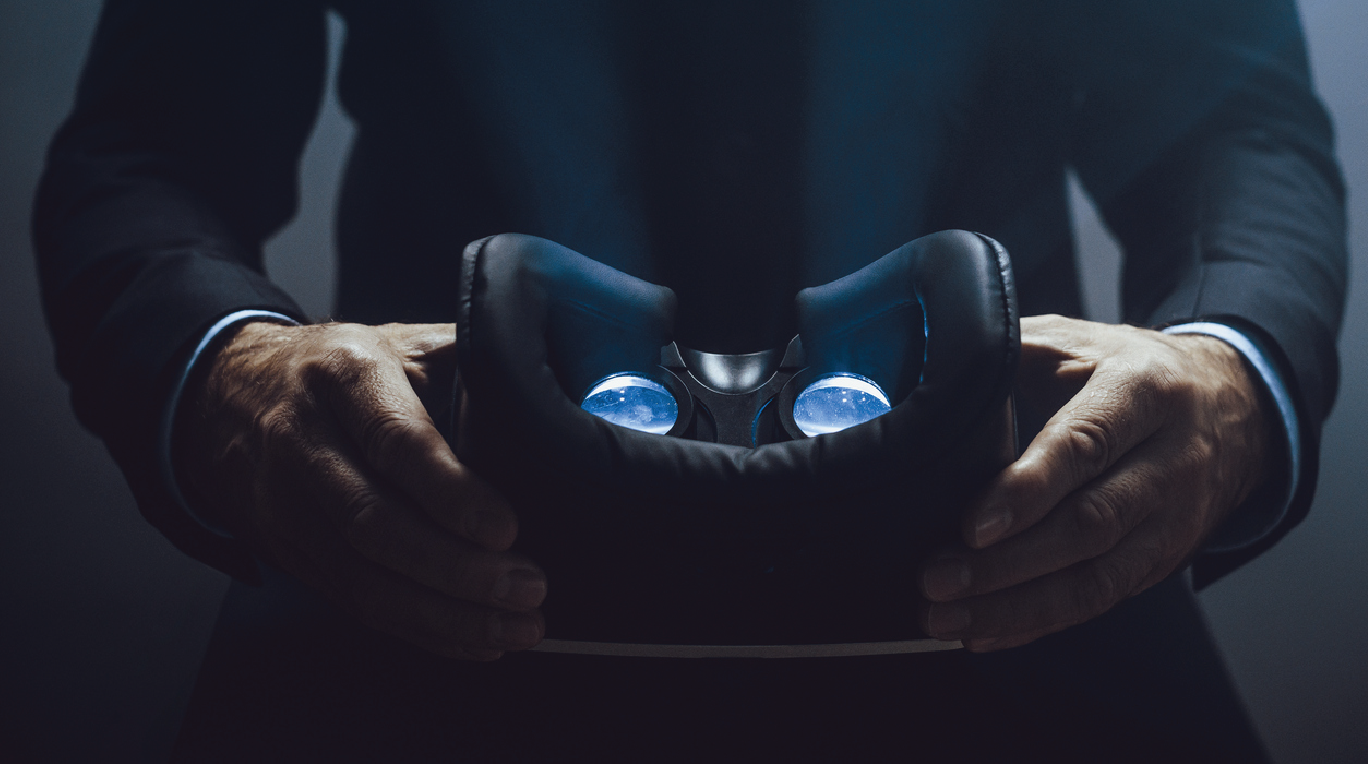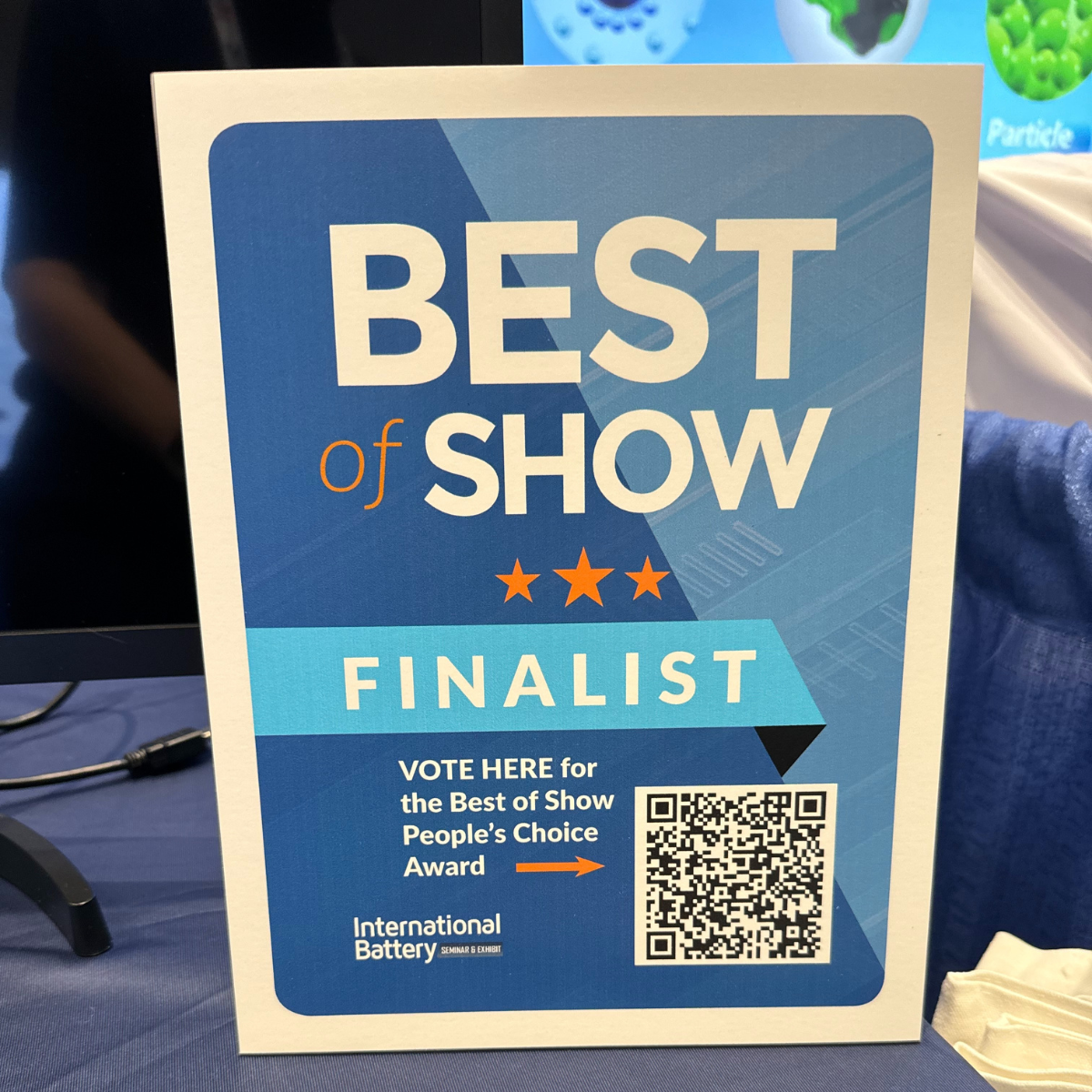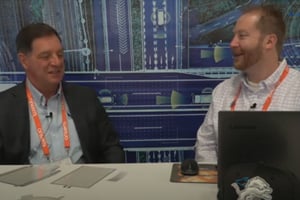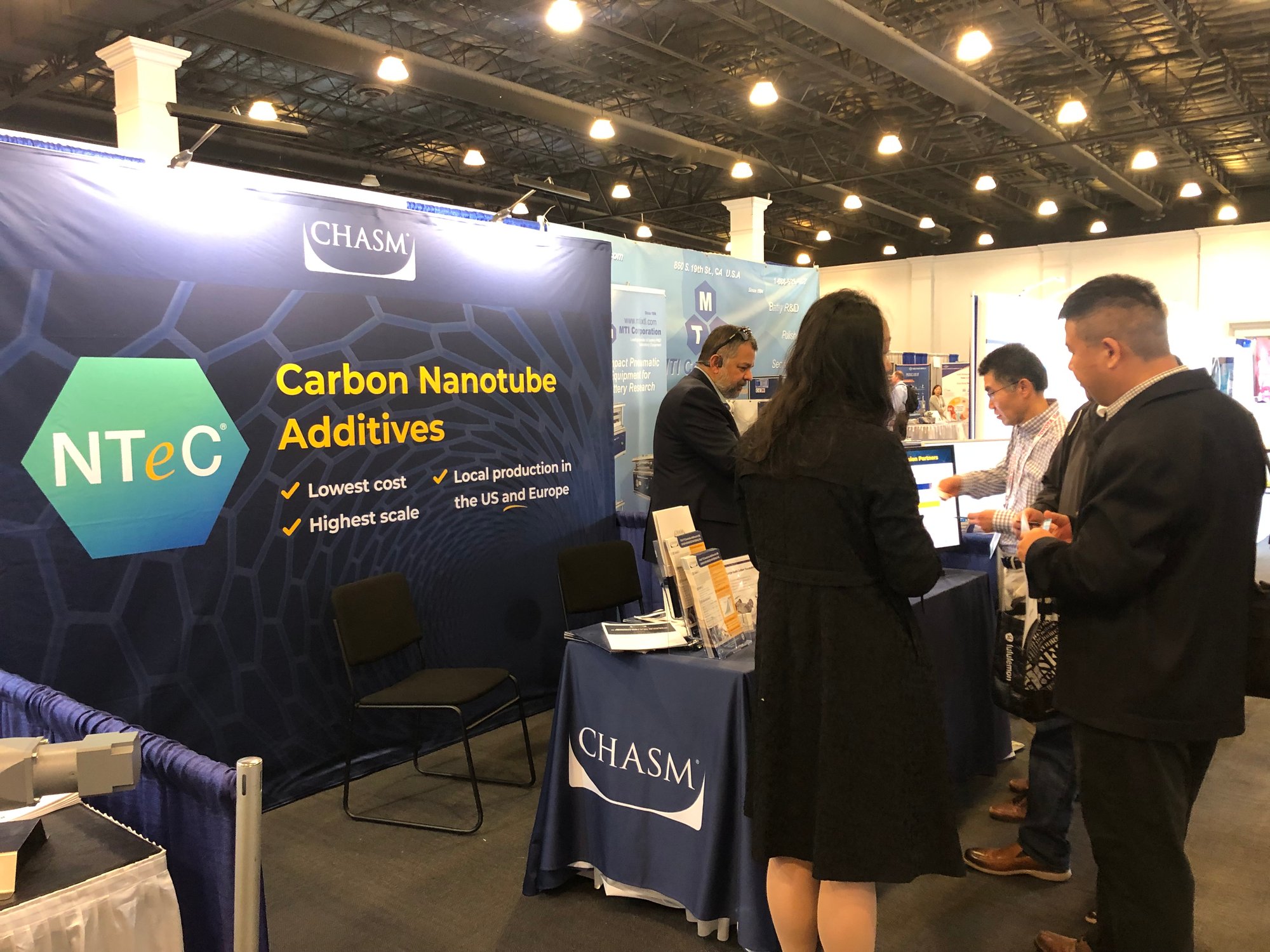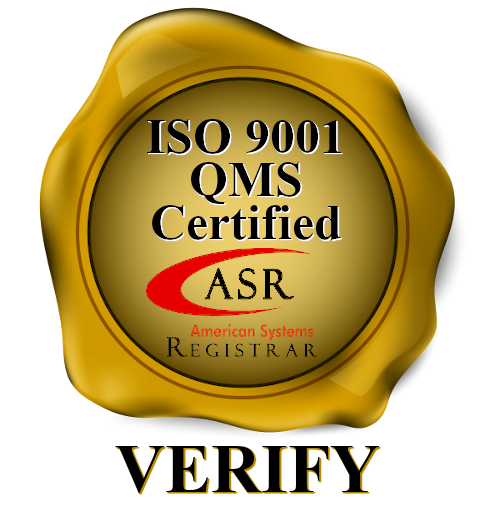Touch screens of all sizes are enabling user experiences that used to be the realm of science fiction. As touch screens have scaled in size, they’ve enabled interactive ATMs, kiosks, touch-screen monitors, and many other interactive products.
Interactive displays of all sizes rely on the same underlying piece of technology: a grid of transparent electrodes on a glass substrate. The glass substrate is coated with a pattern of crossed electrodes, forming a grid that can be addressed and read with pads along the edge of the screen. Newer foldable smartphones use a flexible material, such as polyethylene (PET) or polyethylene naphthalate (PEN). Ultra-thin glass or a transparent plastic can be used for the screen substrate in hinged folding phones. The same electrode grid design is used in other touch screens, including large-format touch screens.
Much like Moore’s Law for transistors, scaling touch screens to larger sizes has started to hit a limit in terms of cost and the quality of the electrode grid. The challenges confronting large-format touch screens arise because manufacturing processes for small touch screens do not easily scale to larger screen sizes. The standard substrate materials mentioned above are still useful for electrode grid materials, but the sputtering process for patterning electrode grids on small screens is difficult to scale to large screens while meeting performance requirements. It is difficult to deposit standard transparent conductors like indium-tin oxide (ITO) across very large panes of glass or flexible substrates like or PEN with sputtering techniques, and scaling to large panel sizes is very costly. An alternative process for large-format touch screens uses laser ablation to pattern an electrode grid, which is costly and time-consuming.
Any fabrication process for large-format touch screens and the materials involved need to satisfy the following design requirements detailed next:
Consistent Electrical and Optical Properties
For smaller displays, such as on smartphones and wearables, the primary technical
requirement is that electrodes provide very high transparency with consistent sheet resistance across the entire screen. Consistent grid size, sheet resistance, electrode thickness, and transparency are required to ensure high sensitivity and image quality across the screen. The low-cost manufacturing methods used in small touchscreens make this difficult to attain (and then retain for longer periods of time due to environmental factors) in large formats.
Low Haze and High Transparency on Large Screens
The touch screen industry demands visible light transmittance (VLT) be maintained at a consistent value above 85% across the entire screen with less than 2% haze. With larger screens, designers can sacrifice transparency and haze as the screen is used farther from the user’s face. Ideally, the sheet resistance should be made as low as possible while still providing high resistive or capacitive sensitivity to touch, and while ensuring >85% transparency and <2% haze across the entire screen.
Low Price Point
Once the screen size reaches 55” or larger, the price point begins to balloon as it becomes more difficult to maintain consistent sheet resistance across the entire screen with standard ITO sputtering processes. A cheaper patterning process for large-format touch screens is always desirable as this allows the finished product to have a lower price point. When the current class of low-cost patterning processes for small touch screens is adapted to larger screens, the resulting screen tends to have lower sensitivity, greater haze/lower transparency, or dead pixels near the edge of the screen.
CNC patterning can be used with a laser to fabricate transparent metallic electrode matrix with high precision across large screens, but this expensive process increases the price point of the finished product and is difficult to apply to substrates other than glass.
High Elasticity for Foldable Screens
Once we look at foldable screens or large formats in organic and curved shapes (think: an outdoor interactive display curved around a column), the electrodes should also be able to stretch or flex as the screen is folded. This is partially an enclosure design challenge to ensure repeated folding does not fracture the electrodes in the folding region. The primary mechanical property engineers consider is elasticity, which expresses how much strain a material can absorb prior to permanent deformation or fracture.
An electrode material for foldable touch screens of any size also needs to have a large elastic range to ensure it can be repeatedly flexed without permanent deformation, which would decrease or eliminate sensitivity around the folding region. For non planar surfaces, the material must be flexible enough to be formed to the desired shape without deformation or fracture. These design requirements and the manufacturing challenges surrounding ITO motivate the search for a new class of materials that provide appropriate sheet resistance on standard substrates through an easy deposition process.
Barring major advances in deposition techniques for ITO or other transparent conductive oxides, some alternative materials include patterned metal meshes, silver nanowires (AgNWs), carbon nanotubes (CNTs), and PEDOT:PSS, all of which can be deposited using simpler printing processes, or using solution deposition and etching processes. Among these alternative materials, carbon-based materials provide some unique advantages once combined with a printable conductor like AgNWs.
Take a look at Go Big in Large Format without Going Broke for more information on this.

.jpg)



